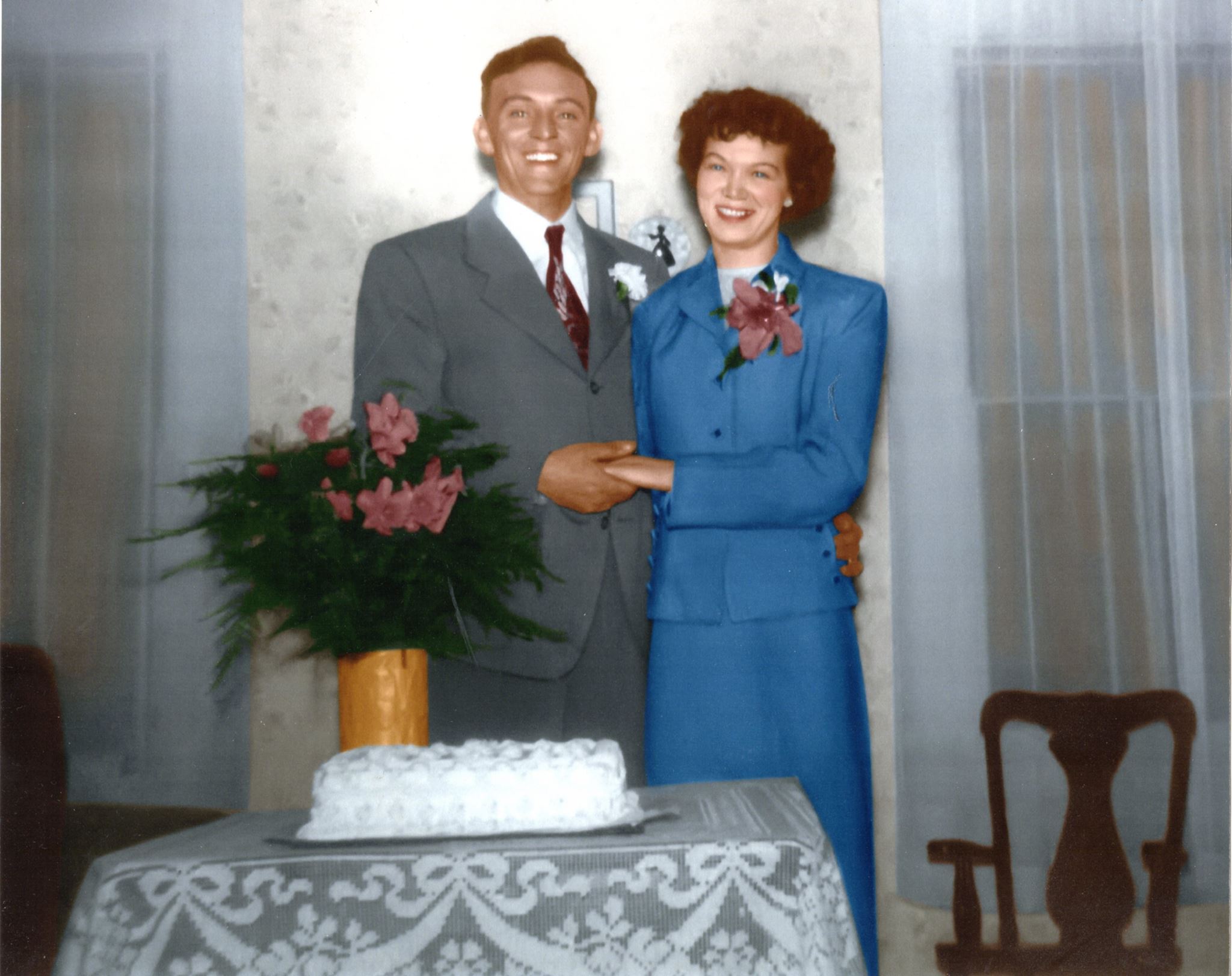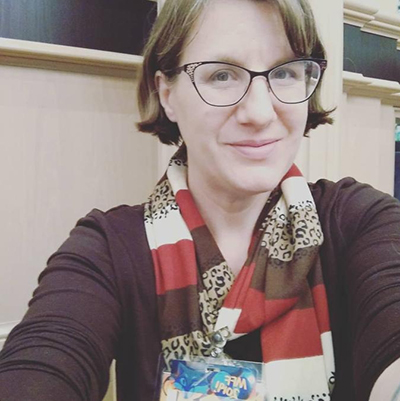This month’s theme for 52 Ancestors in 52 Weeks is “Foundations” and so is this week’s prompt. I’d like to talk about shaken foundations, when you find out the answer to a question isn’t at all what you expected.
Thanks to the wonders of DNA and genetic genealogy, my sense of self – of what I thought I knew about my family – was turned somewhat upside down. Certainly not to the extent that it is for someone who finds an unexpected parent, child, or sibling, but I have some idea of how that must feel.
This happened at the great-grandparent level for me, when my mother and I learned that her father’s father was neither of the men we expected. It was so strange to come to terms with the fact that we had to essentially replace an entire branch of our genetic tree. Why?
Haley Ancestry
For over twenty years, I’d been fascinated by my mom’s paternal lineage. Her father was, as far as we knew, a Haley. These Haleys in Plympton and Middleborough, Massachusetts descended from Edward Marshall Haley, who came from Ireland and settled in Plympton, Massachusetts by 1830. Now that I know better and have been following up on my genetic tree, his name looks strange to me. But for most of my adulthood, he was a man whose life I was trying to follow back to Ireland.
Along came DNA testing, which I embraced whole heartedly starting in 2006 (and still recommend!). And, with it, came a strange new network of genetic relatives I didn’t recognize. The pieces didn’t fall into place until I took DNA tests at every company (23andMe, Ancestry, Family Tree DNA, Living DNA, and MyHeritage) and analyzed my results, as well as my mother’s and maternal uncle’s results.
As it turned out, my maternal grandfather was not a Haley. Not even close. Not one drop of Irish ethnicity and no Haley or related matches to be found. We looked at the other logical option – that he might actually be the son of his mother’s first husband, Joseph William St. Onge, a man whose parents were French Canadian.
Also, no. Not a chance. No matches connected to this prolific family.
Instead, the father was a man we’d never heard of, a man from a tiny town in southern Italy. A man who born in Campora, Salerno, Campania, Italy, who had emigrated from to Boston with his parents and siblings.
Feola Family
My mom and I discussed this finding with a mixture of awe and shock and excitement. DNA answered a question she had asked herself for years: “Was my father’s father really Herbert Benjamin Haley, Sr. or was it Joseph William St. Onge?”
My grandfather’s birth certificate lists his name as “Herbert Haley St. Onge” and his father as Joseph, because that’s who his mother was married to at the time. However, the story we were always told was that Joseph had run off by that time – actually, before Herbert’s most recent half-sibling had been more in 1925 – and that Herbert’s father, Herbert Sr., had come in and helped his mother put her life back together. Naturally, my mother had questioned her father’s paternity for a long time.
But when DNA disproved any possible relationship to the Haley or St. Onge families, we were stunned. Instead, we had to turn our attention to a man named Pasquale Feola, who had been in the right place at the right time to be Herbert’s father.
We didn’t know if he ever had an ongoing relationship with Herbert’s mother. We will probably never know. But, even with the network of Feola and related DNA matches, some of whom were as close as half first cousins, we still held onto the idea that maybe, just maybe, there was a Haley in there somewhere*. Until, that is, one of my grandfather’s nieces through his youngest sister – also supposed to be a daughter of Herbert Haley, Sr. – tested.
The niece was a half match, and we knew that the man we were told had helped my great-grandmother get her life back together – the man whose parents and siblings helped raise my grandfather – may have been his dad, may have given Herbert a name and a real family, but he wasn’t his biological father.
*And I know our Feola first cousins also were surprised to learn that their grandfather hadn’t been perfectly faithful to his wife, and that he – and some of his children, as more DNA testing later revealed – had unexpected children out there.
Family Tree vs. Genetic Tree
I think that distinction explains it best. We have our family tree and then we have our genetic tree. For my mom and I, discovering our genetic tree was a source of excitement. However, it also forced us to rethink what we knew about our family. In the end, we know that the Haleys were truly family to her father. But the truth about the genetics is now out and we are okay with that, too.
This discovery has allowed us to build a new foundation, one that integrates more footings and anchor bolts to keep the concrete slab firmly in place, so we can build something even more intricate on it.








One comment on “52 Ancestors, Week 1: Foundations”
Comments are closed.